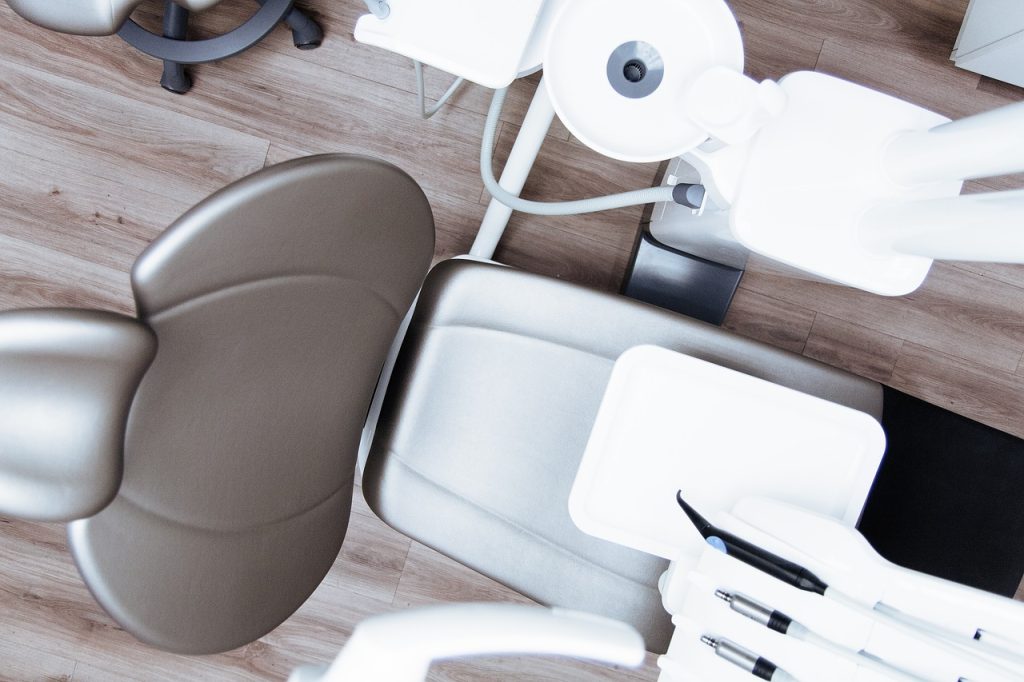So you’re enjoying a nice meal when suddenly you feel something hard in your mouth. Uh oh! It’s your worst dental nightmare come true – a lost filling or crown. Now, before panic sets in, take a deep breath and relax. In this article, we’ll guide you through the steps on how to handle this dental emergency and get you back to smiling confidently in no time.
Assessing the Situation
When you realize that you have lost a filling or a crown, the first step is to assess the situation by inspecting the affected area in your mouth. Use a mirror to carefully examine the area where the restoration was located. Look for any visible signs of damage or decay. Additionally, check for any discomfort or pain that you may be experiencing in that area. It is important to have a clear understanding of the extent of the issue before taking any immediate actions.
Immediate Actions
Finding out that you have lost a filling or crown can be stressful, but it is important to remain calm and composed. Panicking will not solve the problem and may cause unnecessary anxiety. Take a deep breath and remind yourself that there are steps you can take to address the situation.
To avoid further damage, it is essential to avoid chewing on the affected side of your mouth. The exposed tooth structure may be sensitive and vulnerable, so it’s best to err on the side of caution.
One way to alleviate discomfort and promote healing is to rinse your mouth with warm saltwater. Dissolve half a teaspoon of salt in a cup of warm water and swish the solution around your mouth for about 30 seconds. This can help cleanse the area and reduce inflammation.

Retrieving the Filling or Crown
After assessing the situation and taking immediate actions, the next step is to locate the lost filling or crown. It is important to find and handle the restoration with care to avoid causing further damage.
If you have a filling that has fallen out, check your mouth, sink, or any surfaces nearby to see if you can find it. Place the filling in a clean container or wrap it in a tissue to prevent contamination.
In the case of a lost crown, try to locate it if possible. Sometimes, the crown may still be attached to the tooth, but if it has completely come off, it may be more challenging to find. If you cannot locate the crown, do not worry, as your dentist will be able to provide a suitable replacement.
When handling the restoration, be gentle and avoid touching the inner surfaces that come into contact with your teeth. Place it in a safe location until you can see your dentist.
Temporary Solutions
While awaiting your dental appointment, there are temporary solutions you can consider to protect the exposed tooth and alleviate any discomfort.
Over-the-counter dental cement can be used to temporarily secure a filling or crown back in place. Follow the instructions on the packaging carefully to ensure proper application. This temporary fix can help prevent further damage and keep the area protected until you see your dentist.
Another option is dental wax or temporary filling material, which can be found at your local pharmacy. Dental wax can provide a barrier between your tooth and the surrounding environment, reducing sensitivity. Temporary filling material can be used to cover the exposed area and provide some structural support.
It is important to note that these temporary solutions should only be used as a stopgap measure and not as a long-term fix. Make sure to consult with your dentist to determine the most appropriate course of action.

Managing Sensitivity or Pain
If you are experiencing sensitivity or pain after losing a filling or a crown, there are a few methods you can try to alleviate the discomfort.
Clove oil can provide temporary relief from tooth pain. Dip a cotton swab or a small piece of cotton into clove oil and apply it to the affected area. Clove oil has been used for centuries for its natural numbing properties and can help numb the nerves in the tooth, reducing pain.
Over-the-counter pain relievers such as acetaminophen or ibuprofen can also be taken to manage any discomfort you may be experiencing. However, it is important to follow the recommended dosage instructions and consult with a healthcare professional if you have any underlying medical conditions or are taking other medications.
Remember, these methods are temporary and should not replace professional dental care. It is essential to schedule an appointment with your dentist as soon as possible to address the root cause of the pain.
Making a Dental Appointment
Once you have taken immediate actions and managed any discomfort, it is crucial to contact your dentist and schedule an appointment. Explain the situation and emphasize the urgency, especially if you are experiencing significant pain or discomfort.
When speaking to your dentist’s office, be prepared to provide details about the lost filling or crown, such as when it happened and any symptoms you are experiencing. This information will help the dental team assess the situation and prioritize your appointment.
Listen carefully to any instructions given by the dental staff. They may provide specific recommendations or precautions to take before your appointment. It is important to follow these instructions to ensure the best possible outcome.

Maintaining Good Oral Hygiene
While waiting for your dental appointment, it is essential to maintain good oral hygiene to promote healing and prevent further issues.
Continue brushing your teeth gently, but be mindful of the affected area. Use a soft-bristle toothbrush with a gentle touch to avoid causing any additional discomfort. Brushing will help remove plaque and bacteria from your teeth, keeping your mouth clean and reducing the risk of infection.
Flossing is also important to keep your gums and teeth healthy. Use a gentle sawing motion when flossing around the affected area. If you experience pain or sensitivity while flossing, be careful and try to avoid direct contact with the exposed tooth surface.
In addition to brushing and flossing, it is crucial to avoid sticky or hard foods that may further damage the exposed tooth. Opt for softer foods that are easier to chew and less likely to cause any additional harm.
Preventing Future Issues
Once your lost filling or crown has been addressed, it is important to take steps to prevent similar issues from occurring in the future.
Schedule regular dental check-ups with your dentist to monitor the integrity of existing fillings or crowns. Regular exams and cleanings can help detect any signs of decay or damage before they worsen.
Practicing good oral hygiene is also essential for maintaining a healthy mouth. Brush your teeth at least twice a day for two minutes each time, and don’t forget to floss daily. These simple habits can make a significant difference in preventing future dental problems.
Avoiding eating hard or sticky foods can also help protect your dental restorations. Hard foods can put unnecessary pressure on your teeth, potentially leading to a fracture or dislodgement of a filling or crown. Sticky foods, on the other hand, can stick to your teeth and increase the risk of decay.
By being mindful of these preventive measures, you can reduce the likelihood of needing emergency dental treatment in the future.
Considering Permanent Restoration
During your dental appointment, your dentist will assess the situation and discuss permanent restoration options with you. Depending on the extent of the damage and the location of the lost filling or crown, different treatment options may be recommended.
If a crown has been lost, your dentist may suggest placing a new crown to protect and strengthen the tooth. Dental crowns are custom-made caps that cover the entire tooth, providing structural support and restoring its appearance.
For a lost filling, your dentist may recommend replacing it with a tooth-colored filling. These fillings are made from composite resin and can be matched to the color of your natural teeth, creating a seamless and aesthetically pleasing result.
During the discussion with your dentist, feel free to ask any questions or express any concerns you may have. Your dentist will be able to provide you with detailed information about each option and help you make an informed decision.
Costs and Insurance Coverage
Before proceeding with any dental treatment, it is important to inquire about the costs involved and check your dental insurance coverage. Prices for restorative dental procedures can vary depending on the location, complexity of the case, and the materials used.
Contact your dental office or insurance provider to get an estimate of the costs associated with the specific treatment recommended by your dentist. Inquire about any out-of-pocket expenses and whether certain procedures are covered under your insurance plan.
Understanding the financial aspect will help you plan accordingly and make informed decisions regarding your dental care.
In conclusion, the loss of a filling or crown can be stressful, but by assessing the situation, taking immediate actions, and seeking professional dental care, you can address the issue effectively. Temporary solutions can provide temporary relief, but it is important to schedule a dental appointment to address the root cause and explore permanent restoration options. By practicing good oral hygiene, preventing future issues, and considering the costs and insurance coverage, you can navigate through this situation with confidence and protect your dental health in the long run.












